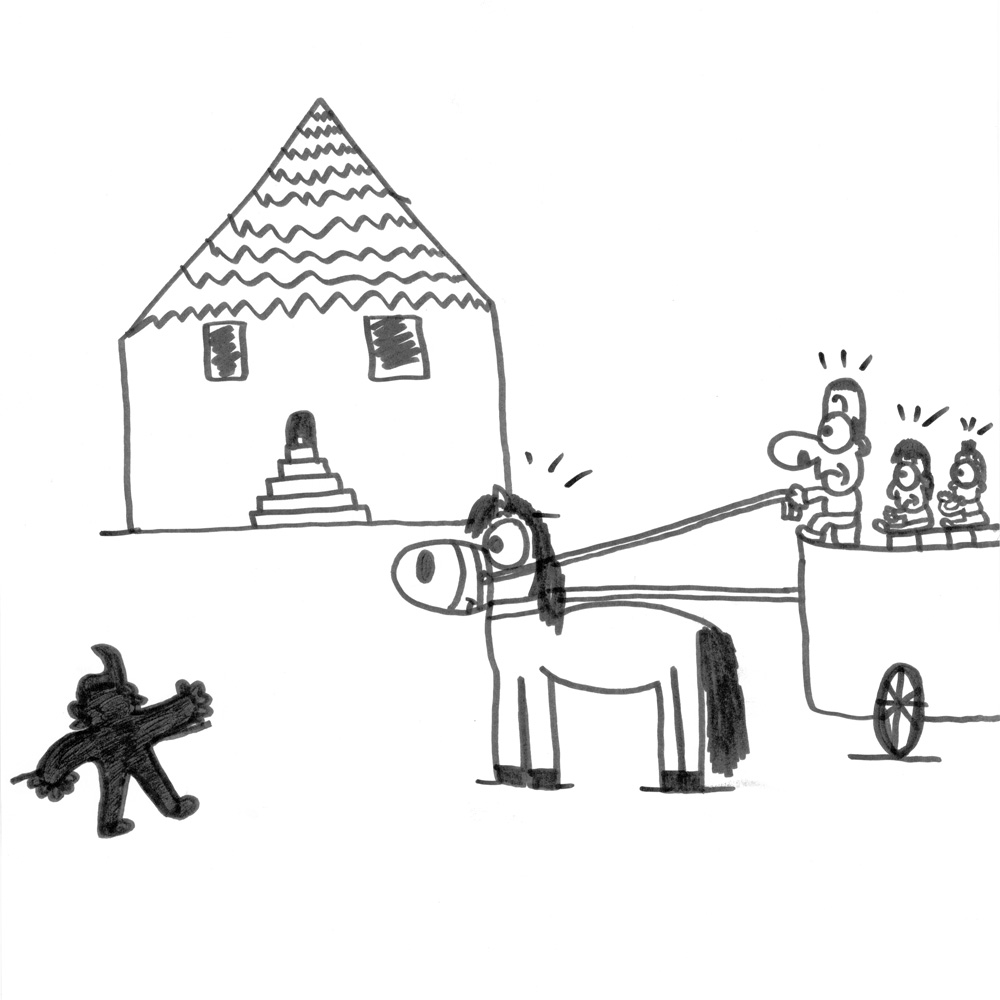
Surface dyslexia or developmental dyslexia
Surface dyslexia
Surface dyslexia or developmental dyslexia is a dyslexia subtype related to a bad visual, lexical or direct functioning (Boder, 1973). To compensate those visual deficits, these children tend to read using the phonological via. This via allows them to read words from their smallest pieces, syllables, that means they are unable to read a word as a whole. Children who are 7 or 8 years change from a phonetic reading to a visual reading, because of the maturation of the central nervous system.
Moreover, in the surface dyslexia, children may present some difficulties recognising words, which are not written the same way as they are pronounced (homophones). This means they will make mistakes once the visual appearance (the spelling) is not in accordance with the pronunciation rules. For example, these children tend to have problems reading irregular words. Irregular words are those from another language, like English, which are not transparent. In English, for instance, “hammer” is pronounced as “jammer”. Children with developmental dyslexia have a tendency to look for a word as they hear it, but not as it is written. Spanish, in return, is a transparent language because grapheme and phoneme are corresponded. Children then must be able to pronounce words phonetically, even if are words without meaning (pseudowords) they don’t usually present difficulties in that kind of test (Rack, Snowling & Olson, 1992). In this type of dyslexia exists an actual deficit interiorizing new words; they have difficulties trying to incorporate them to the semantic memory for their future use.
Reading by the phonological via is really slow. When reading by that via, we first translate written graphical symbols in their sound. Secondly we put them all together and finally we create the word. Using that via, normal words will be easy to read but the longer and more difficult the words are, the more troubles they will find.
Developmental dyslexia is characterized with a slowly reading. People usually make more mistakes in commission, addition, regularization, repeating, modifying, syllabification, stress and replacing letters. Those children have huge difficulties in pronunciation, especially of the non-familiar words. Besides, children with dyslexia are used to have bad orthography. Others indicators are speech delay, difficulties learning the alphabet, left-right confusion, before-after confusion, disorderly writing and difficulties with rhymes.
References:
Boder, E. (1973). Developmental Dyslexia: a Diagnostic Approach Based on Three Atypical Reading-spelling Patterns. Developmental Medicine & Child Neurology, 15(5), 663–687. doi:10.1111/j.1469-8749.1973.tb05180.x
Campbell, R., & Butterwoth, B. (1985). Phonological dyslexia and dysgraphia in a highly literate subject: a developmental case with associated deficits of phonemic processing and awareness. The Quarterly Journal of Experimental Psychology. A, Human Experimental Psychology, 37(3), 435–475.
Galaburda, A. M., Sherman, G. F., Rosen, G. D., Aboitiz, F., & Geschwind, N. (1985). Developmental dyslexia: Four consecutive patients with cortical anomalies. Annals of Neurology, 18(2), 222–233. doi:10.1002/ana.410180210
Manis, F. R., Seidenberg, M. S., Doi, L. M., McBride-Chang, C., & Petersen, A. (1996). On the bases of two subtypes of development dyslexia. Cognition, 58(2), 157–195. doi:10.1016/0010-0277(95)00679-6
Rack, J. P., Snowling, M. J., & Olson, R. K. (1992). The Nonword Reading Deficit in Developmental Dyslexia: A Review. Reading Research Quarterly, 27(1), 28. doi:10.2307/747832
Rapcsak, S. Z., Beeson, P. M., Henry, M. L., Leyden, A., Kim, E., Rising, K., … Cho, H. (2009). Phonological dyslexia and dysgraphia: Cognitive mechanisms and neural substrates. Cortex, 45(5), 575–591. doi:10.1016/j.cortex.2008.04.006
Stanovich, K. E. (1988). Explaining the Differences Between the Dyslexic and the Garden-Variety Poor Reader The Phonological-Core Variable-Difference Model. Journal of Learning Disabilities, 21(10), 590–604. doi:10.1177/002221948802101003
Boder, E. (1973). Developmental Dyslexia: a Diagnostic Approach Based on Three Atypical Reading-spelling Patterns. Developmental Medicine & Child Neurology, 15(5), 663–687. doi:10.1111/j.1469-8749.1973.tb05180.x
Campbell, R., & Butterwoth, B. (1985). Phonological dyslexia and dysgraphia in a highly literate subject: a developmental case with associated deficits of phonemic processing and awareness. The Quarterly Journal of Experimental Psychology. A, Human Experimental Psychology, 37(3), 435–475.
Galaburda, A. M., Sherman, G. F., Rosen, G. D., Aboitiz, F., & Geschwind, N. (1985). Developmental dyslexia: Four consecutive patients with cortical anomalies. Annals of Neurology, 18(2), 222–233. doi:10.1002/ana.410180210
Manis, F. R., Seidenberg, M. S., Doi, L. M., McBride-Chang, C., & Petersen, A. (1996). On the bases of two subtypes of development dyslexia. Cognition, 58(2), 157–195. doi:10.1016/0010-0277(95)00679-6
Rack, J. P., Snowling, M. J., & Olson, R. K. (1992). The Nonword Reading Deficit in Developmental Dyslexia: A Review. Reading Research Quarterly, 27(1), 28. doi:10.2307/747832
Rapcsak, S. Z., Beeson, P. M., Henry, M. L., Leyden, A., Kim, E., Rising, K., … Cho, H. (2009). Phonological dyslexia and dysgraphia: Cognitive mechanisms and neural substrates. Cortex, 45(5), 575–591. doi:10.1016/j.cortex.2008.04.006
Stanovich, K. E. (1988). Explaining the Differences Between the Dyslexic and the Garden-Variety Poor Reader The Phonological-Core Variable-Difference Model. Journal of Learning Disabilities, 21(10), 590–604. doi:10.1177/00222194880210


